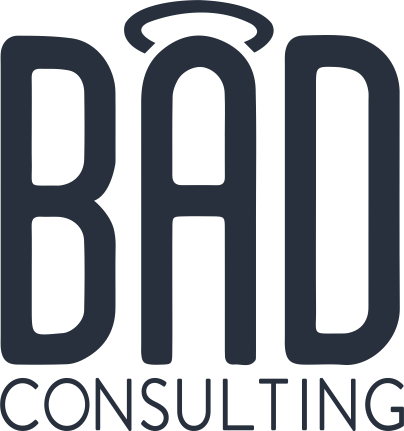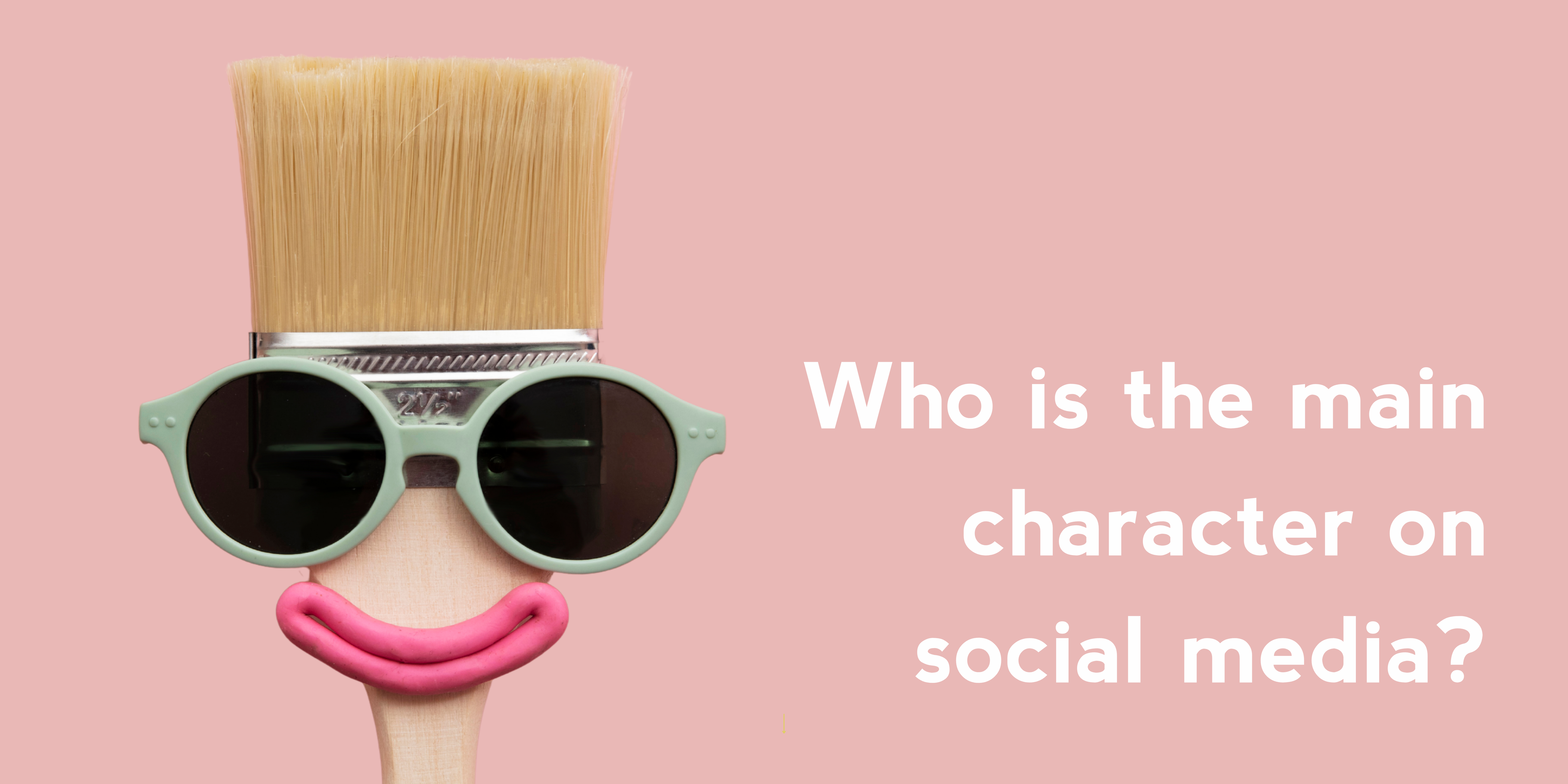When it comes to social media, there is always this talk about storytelling. “You should be telling a story.” “Social media is all about the story.” That’s all well and good, but then that leads to the obvious question: Who is the main character in this story?
Every story has a main character you follow along through their highs and lows until they reach the conclusion of their journey. There are some side characters, but there is usually just one main character.
So who do you think belongs in that role? And what kind of effect does that have on your social media presence?
Your organization as the main character
This is the path that most organization’s take. Their social media casts them in the lead role which means that their needs and wants are presented first, as well as their journey. Sounds great, right? It’s your space, right? Shouldn’t it be all about you?
Pros: All of your events and messages get posted in a manner that suits your organization. It allows you to have a lot of control over your social media, because it is all about you. And it is easier. It doesn’t require a lot of research because there is no better expert on your organization’s needs and wants than you.
Cons: Engagement and reach are going to suffer. Your audience will lose interest in your message because it’s not truly applicable to them. And your posts are more likely to be repetitive as well. You’re unlikely to be engaging in real storytelling, since it’s near impossible to show a hero’s journey with yourself as the hero. There’s a level of truth you will never achieve. And if you’re not being authentic in your stories, they are more likely to turn off your audience than to engage them. Lastly, it becomes a one-way conversation. No one wants to be a part of a conversation you are having with yourself.
Your audience as the main character
If you want to have a conversation, then you need to find a partner. The obvious best partner is of course your audience. The story all of a sudden becomes more authentic and of course they’ll be paying more attention since it’s about their needs and wants.
Pros: Engagement and reach will improve with the focus on the audience. You can give a more honest story since you are not as involved in it, and your audience will respond to that authenticity. The conversation has become two-way, so they are more likely to talk back since you’re talking to them. You are more likely to have more variety to your posts as you cover a larger amount of needs and wants. And you’ve connected with your audience because of that.
Cons: The organization’s needs and wants tend to get lost. Business goals are discarded in favor of what the audience says they want. Even if you start off this way with the very best of intentions, you get further and further away from what is good for the business. Coming up with posts can be a little more difficult, so you’ll tend to chase after trends regardless of whether they are at all applicable. You will also tend to post about every single made up holiday just to fill holes. You’ll get those large engagement numbers, but they will come at a cost.
A third option
So your business and your audience both don’t make great main characters. What does that leave you? There’s this sneaky third option that is somewhere between your business and your audience. It involves thorough research and some creative work on your part.
This is creating a main character. Although this would seemingly be inauthentic, if it’s done correctly, it can achieve both the goals your organization and your audience will have for your social media accounts.
Create a hero’s journey that is close to reality and will show your organization in a good light. If this is difficult, then you likely need to improve your organization and its goals, not the marketing. Include your audience’s obstacles and how your organization helps them get over those obstacles. And obviously show how your organization gets them to a better place than where they started.
You’re probably wondering how this is different than casting your organization as the main character. It’s because you now will go out looking for the real stories that demonstrate the story you are trying to tell. So although you are directing the flow of the story, it’s with the real, authentic stories from your audience. That makes it fall somewhere between your organization and your audience as the main character.
Is this completely science? No, there is some art to it. The trick is to refine that art until it’s helping you achieve your business goals, and then keep refining as goals and needs change. The key to social media storytelling is to always try to do a little better.
Who is the main character of your social media?

